Unlike the regular petrol-powered 2017 Honda Jazz facelift, which comes with a space saver spare tyre under the boot floor, the new Honda Jazz Hybrid and its City Hybrid sedan sister are equipped with a tyre repair kit (TRK) – there’s no spare tyre.
While the lack of a fifth donut may alarm some motorists, it’s actually pretty normal for hybrid cars to not come with a spare wheel – my 2013 Honda CR-Z also has a similar TRK under the boot floor.
The omission is because hybrids have to fit it extra components over regular cars such as the hybrid battery and electronics, and a spare tyre takes up significant space. That’s also the reason why the Jazz Hybrid comes with a slightly smaller boot compared to the normal Jazz – 314 vs 363 litres. The City Hybrid maintains its boot capacity.
So, now that you know that there’s no spare tyre in the Jazz and City Hybrid, what should you do when there’s a puncture? Our new man Matthew shows how it’s done in the video above. Basically, there are two components, and the process requires some shaking and pumping.
The repair job is quite straightforward and nowhere as physically taxing as replacing a wheel, but there are caveats. Note that it’s only for normal punctures (4mm max) and won’t work for sidewall damage and tears.
It’s also a temporary measure, inflating the tyre up so that you can drive to a Honda dealership or tyre shop for a proper patch up job or tyre replacement. There are stickers (one on the wheel, another on the windscreen to remind you to not exceed 80 km/h) to remind you of the repair’s temporary nature. Once done, it’s good to check if the pressure holds after five minutes of driving.
The bottle of sealant is good to inflate one flat tyre, and costs RM182.85. Once used up, owners should restock the kit with a new bottle of goo. The sealant’s shelf life is up to five years, and the expiry date is printed on the bottle. Watch the video above to see how it’s all done.
GALLERY: Honda Jazz Hybrid
Looking to sell your car? Sell it with Carro.






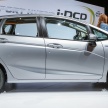



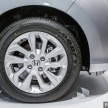
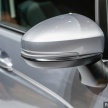
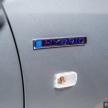
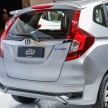
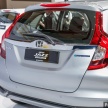
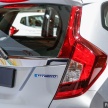
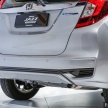


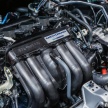




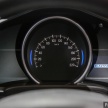
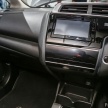
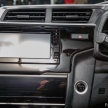
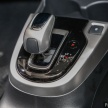
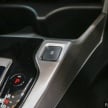
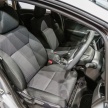
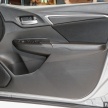

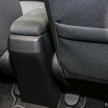
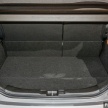



















AI-generated Summary ✨
Comments mostly criticize Honda for omitting a full-sized spare tire, arguing that the tire repair kit is expensive and unreliable for major damages like sidewall tears. Many express concern about the safety, practicality, and long-term cost of relying solely on the repair kit, especially when it may fail in remote locations. Some suggest alternative vehicles like the Hyundai Ioniq with full-size spares or opt for RFT tires. There’s skepticism about the value of the repair sealant, with complaints about its high price and limited effectiveness for large punctures. Overall, commenters feel that not having a spare tire is a significant drawback, with some emphasizing the peace of mind a spare provides and criticizing Honda’s cost-cutting measures.